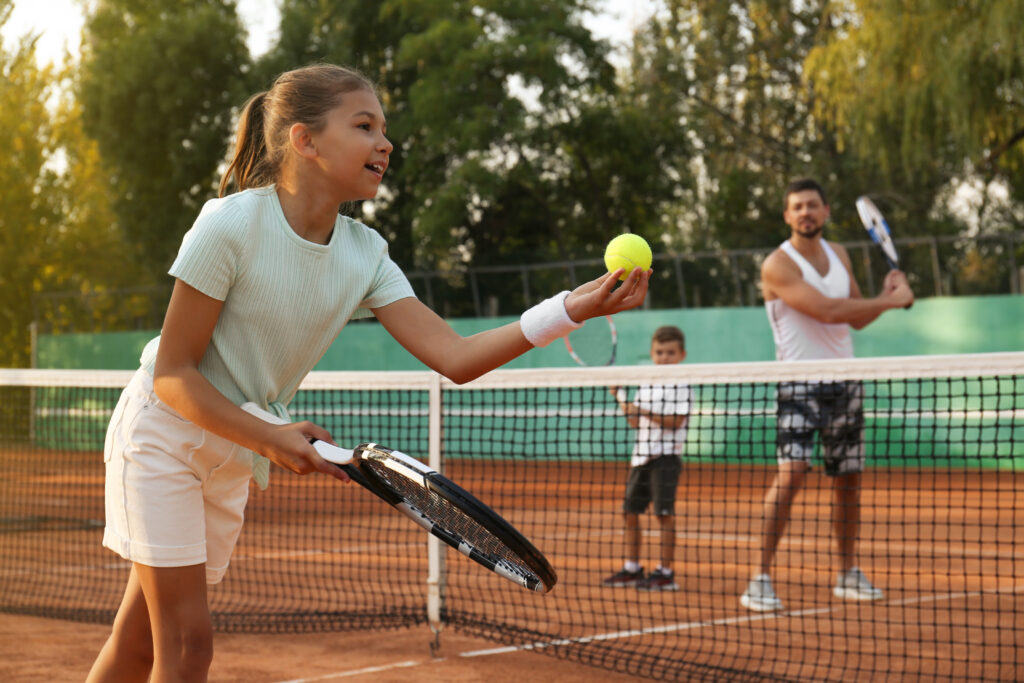Women’s health and sports
On International Women’s Day, we’re reminded of the importance of undertaking women-specific research within the sport sector. Recent research on the relationship between women’s health and soccer showed that muscle and tendon injury rates were 88% higher during specific phases of the menstrual cycle. Additionally, 20% of injuries occurred after the expected date of menstruation….
Pregnancy and high performance sport
New Canadian research shows that the average age of first-time mothers among a sample of female high performance athletes (33 years) was 3.5 years older than the Canadian average. Women athletes often face a dilemma about whether to continue a sporting career or start a family. It is important for athletes, coaches and healthcare professionals…
Indirect detection of doping in sports
The athlete biological passport (ABP) was created to assist with the detection of doping in sports. Unlike traditional detection methods which are one-off and direct, the ABP is an electronic record of an athlete’s biological attributes, developed from multiple samples taken over time. Variables are monitored closely to identify any changes that may indicate the…
The intersectional cost of youth sport participation
The increasing cost of youth sport participation has long been a concern for parents and policymakers alike. How issues of affordability show up varies depending upon intersectional realities of income, geography, ability, accessibility of appropriate spaces and more. The Maple Leaf Sport and Entertainment (MLSE) Foundation Change the Game research program, in collaboration with the…
Knowledge to action
Integrated knowledge translation is an approach that promotes collaboration between researchers and sport and physical activity stakeholders. As part of the research team, stakeholders can expect to have input on the research project, ensure it is relevant to their community, and contribute to distributing findings beyond academic audiences.
The Role of Women Coaches
Digital storytelling is a research tool that packs a powerful punch. Explore how this study used the unique tool to demonstrate the important role women coaches have in providing quality sport participation and positive development to youth athletes.
Supporting positive parental decision-making in youth sport

Parents and guardians have significant influence on their children’s sporting experiences, as well as broader sport culture. They serve as interpreters, role models, and providers of childhood sport experiences (Fredricks & Eccles, 2004). As such, their decisions can have long-lasting impacts on their children’s sport enjoyment, performance and long-term participation. Parents must decide when to…
A sociocultural analysis of adaptive skateboarding and wheelchair motocross
View the summary of this research here. This study explored physically disabled skateboarders and wheelchair motocross (WCMX) riders’ experiences with the skateboarding community, online (on Instagram), and within skatepark settings. It aims to add to the growing research on physically disabled peoples’ participation in adaptive sports, giving insight into their experiences in the informal, adaptive…
Girls who play on boys’ sport teams
“Just having the ponytail come out of your helmet, the players, the people watching, people are going to notice and keep an eye on you to see if you’re holding your own, ‘Can the girl keep up, or does she fit the stereotype of not being as good as the boys?’”. Learn more about the…
Judgement-free activity spaces
Many women avoid gyms and pools because they feel intimidated, judged, or uncomfortable in their swimwear. A report from Sport England presents women’s suggestions for making more inclusive and judgement-free exercise spaces. Recommendations include reducing the number of full-length mirrors in gyms, having codes of conduct in weight rooms and offering more women’s only spaces…